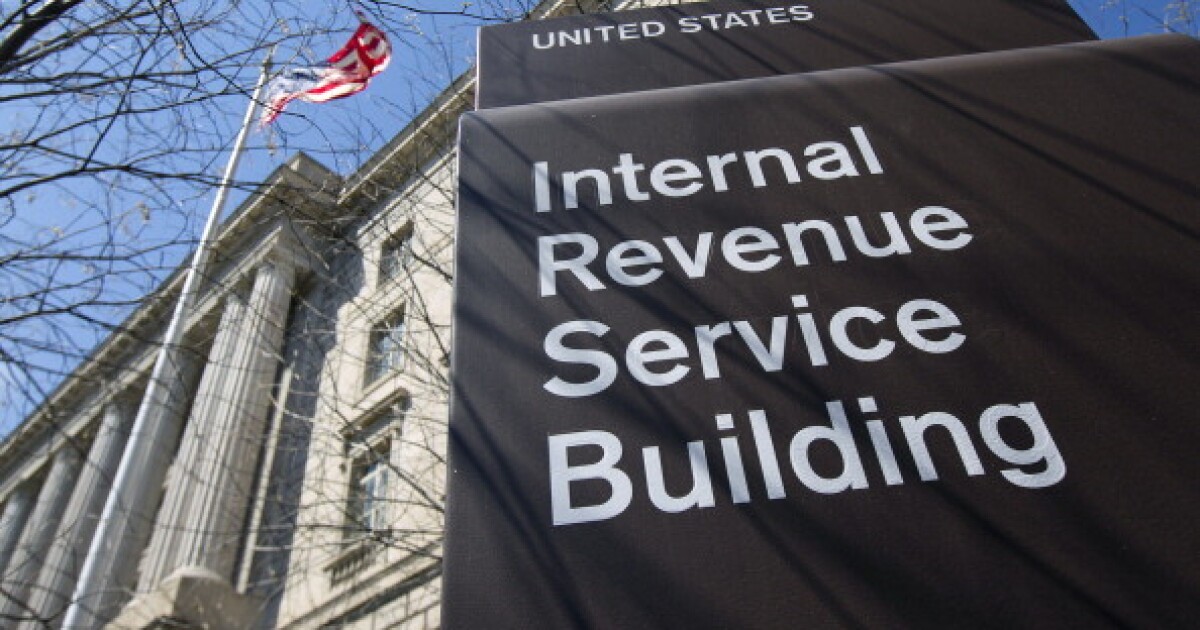The Senate has a stated goal to complete work on the budget reconciliation bill by the beginning of July 2025. Anticipating that the Senate will make modifications to the House version, the bill could then go back to the House for a vote or go to a House/Senate conference to work out differences and then get another vote in both chambers. It appears likely that a July 1 deadline for finalization of the bill will be difficult to achieve.
The most critical deadline Congress is facing for the legislation is enactment of additional government borrowing authority before the current authorization limit is reached, which is expected to be sometime during August. As we approach August, the specific deadline should become clearer. Expect work on the bill to continue toward that deadline.
The bill passed the House by only a one-vote margin. Several Republican senators have said that they want changes to the House bill. However, no Republican senator is saying that they want to defeat the bill. They just want to make it more beautiful. The following are some of the key areas of focus for possible Senate modification.
The SALT deduction limit
The House bill raises the state and local tax deduction limit from $10,000 to $40,000, with a last-minute increase from $30,000 to win over enough Republican House members from high-tax states. The Senate seems inclined to oppose any increase in the limit. There are no Republican Senators from those same high-tax states, such as California, Illinois, Massachusetts, New Jersey, and New York, to form a similar bloc seeking relief that exists in the House. However, the Senate also would realize that eliminating the House SALT limit increase could make it difficult to get passage of the bill next time around in the House without the SALT provision.
This is the type of difference where a compromise might be reached in a conference committee on the bill. One concern is the cost of increasing the deduction limit, and that the increase benefits mostly wealthier taxpayers. Coming up with some additional revenue offsets or cost reductions could help reach a compromise on this issue.
Temporary provisions
The House, to meet its budget targets, has proposed several temporary provisions. Most of the extensions of the individual provisions of the Tax Cuts and Jobs Act have been made permanent. However, the new deductions for tips and overtime pay, as well as several other provisions, are only around for as short a time as four years. Some Senate Republicans would prefer to try to make provisions permanent when possible.
The main issue with making them permanent would be coming up with additional revenue or cost cuts to pay for permanence within the agreed-budget parameters. Republicans have already agreed that they will take the position that extensions of provisions of the Tax Cuts and Jobs Act do not have to be paid for since they are merely extensions of provisions already in the tax law. Those extensions, of course, still add to the deficit.
Other potential sources of revenue offsets include cost cuts. However, some Republican senators are already uncomfortable with the Medicaid and Supplemental Nutrition Assistance Program (SNAP, or Food Stamps) cuts in the House version. Other sources of revenue include reductions in the federal workforce; however, the efforts of the Department of Government Efficiency have so far not achieved the reductions that had been hoped.
Tariffs could also provide a possible source of revenue; however, the level of tariffs keeps changing and it might be hard to settle on an expected level of tariff revenue over the next 10 years. Republicans are also fond of projecting economic growth resulting from the tax cuts in the legislation. Those projections often appear overly optimistic, and the Congressional Budget Office is usually less optimistic about projected economic growth.
Clean energy credits
The House bill eliminates or phases down many of the clean energy credits created by the Inflation Reduction Act in 2022. It is primarily the individual tax breaks for clean energy vehicles and energy-efficient homes that are eliminated. The argument is that clean vehicles and energy-efficient homes no longer need tax incentives, although that might not be true for some of these credits, especially the credit for alternative fuel charging stations.
In addition to accelerating the phase-outs for some of the business-focused clean energy credits, the bill also restricts their use by foreign entities and eliminates transferability of some of the credits.
Republican Senators are concerned about the possible adverse impact on clean energy projects that have been proposed or are underway in their states. They want the tax credits that incentivized those projects to be available through to completion. These include the Code Sec. 45Y Clean Electricity Production Credit and the Code Sec. 48E Clean Electricity Investment Credit, which under the House bill would end for projects where construction is not commenced until more than 60 days after enactment. Other affected credits include the Code Sec. 45X Advanced Manufacturing Production Credit, the Code Sec. 45U nuclear credit, and the Code Sec. 45Q carbon recapture credit.
Repeal and phase-down of these clean energy credits does provide a source of revenue to help pay for other tax cuts. Therefore, Republican Senators who want to facilitate state projects may be comfortable with just stretching out the phase-down period a little further.
Child Tax Credit
The House has proposed to increase the Child Tax Credit to $2,500 through 2028. After that, the credit would fall to $2,000 but be indexed for inflation. Only up to $1,400 would be refundable. Some Republican senators would prefer to make further enhancements to the Child Tax Credit to assist lower income families. This would probably not be opposed in the House provided that a favorable revenue offset can be identified.
Summary
It will be a few weeks before the stated deadline for the Senate to have completed work on and voted on the bill will have arrived. By that time, the date by which the government will have reached the limit of its borrowing authority will have been more narrowly identified. The deficit hawks in the House may find that they have found more effective support for their position on debt reduction in the Senate. The SALT limitation hawks in the House may find little support for their position among Senate Republicans.
Even as a Senate bill nears completion, it will likely differ in many respects from the House bill, including in the areas discussed herein, and the House and Senate will have until sometime in August to resolve their differences. Those differences will likely somehow get resolved, since Republicans generally view not passing a bill as the worst of all alternatives. It will be the pressure of the August deadline that will force those compromises.


 Economics1 week ago
Economics1 week ago
 Economics1 week ago
Economics1 week ago
 Economics1 week ago
Economics1 week ago
 Personal Finance1 week ago
Personal Finance1 week ago
 Accounting1 week ago
Accounting1 week ago
 Blog Post4 days ago
Blog Post4 days ago
 Economics5 days ago
Economics5 days ago
 Personal Finance7 days ago
Personal Finance7 days ago











